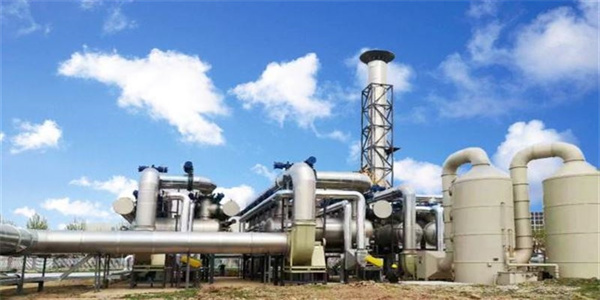Where is the Catalyst for CO Removal?

Where is the Catalyst for CO Removal?
In the field of chemical engineering, the removal of carbon monoxide (CO) from industrial processes and environmental sources is a crucial task. CO is a colorless, odorless, and potentially lethal gas that can cause significant health hazards and environmental damage. To effectively address this challenge, catalysts play a pivotal role in the decomposition and removal of CO.
Carbon monoxide is a highly toxic gas that binds to hemoglobin in the blood, preventing it from carrying oxygen to the body’s cells. This can lead to asphyxiation, even at low concentrations. CO exposure can occur in various settings, including homes, garages, and industrial plants where combustion processes take place. Long-term exposure can cause chronic health issues, such as heart disease and cognitive impairment.
CO decomposition, also known as the breakdown of CO into carbon and oxygen, is a challenging reaction as it requires a significant activation energy. Catalysts play a fundamental role in this process, as they provide an alternative reaction pathway with a lower activation energy barrier. These catalysts typically consist of metals or metal oxides that can facilitate the decomposition reaction at lower temperatures and pressures.
【The Benefits of CO Removal Catalysts】
CO removal catalysts offer several benefits that make them indispensable in various applications. Firstly, they significantly enhance the rate of the decomposition reaction, enabling faster and more efficient CO removal. Secondly, these catalysts are often selective, meaning they promote the desired reaction while suppressing unwanted side reactions. Additionally, many CO removal catalysts are stable and can operate over extended periods without significant deactivation.
Moreover, the use of catalysts in CO removal processes often leads to energy savings and reduced operational costs. By catalyzing the reaction at lower temperatures and pressures, these catalysts minimize the energy requirements of the process. This not only reduces the carbon footprint of the operation but also improves its overall economic viability.
The choice of a suitable CO removal catalyst depends on several factors, including the specific reaction conditions, the type of CO source, and the desired product. Catalysts used for CO removal can range from simple metal oxides to more complex nanoparticle-based systems.
In industrial settings, platinum-based catalysts are commonly used for CO decomposition due to their high activity and stability. Other metals, such as palladium and rhodium, also exhibit good catalytic performance for CO removal. However, the selection of the optimal catalyst often requires a balance between activity, selectivity, stability, and cost.
Case Study: Application of CO Removal Catalysts in an Industrial Plant
To illustrate the importance of CO removal catalysts, let’s consider a hypothetical industrial plant where CO emissions from a combustion process need to be controlled. In this plant, a platinum-based catalyst is employed to catalyze the decomposition of CO into carbon and oxygen.
By introducing the catalyst into the exhaust stream, the plant is able to significantly reduce CO emissions while maintaining efficient operations. The catalyst’s high activity allows for rapid CO decomposition, minimizing the potential for harmful emissions to escape into the atmosphere.
Moreover, the catalyst’s stability ensures consistent performance over time, reducing the need for frequent replacements or maintenance. This not only enhances the plant’s operational reliability but also helps to lower overall maintenance costs.
In conclusion, the role of catalysts in CO removal is crucial. By facilitating the decomposition of CO into harmless components, these catalysts contribute to safer work environments, reduced health hazards, and a more sustainable industrial sector. As technology continues to advance, we can expect even more efficient and cost-effective CO removal catalysts to emerge, further driving progress in environmental protection and industrial safety.

Very good site you have here but I was curious about if you knew of any user discussion forums that cover
the same topics discussed in this article? I’d really love to be a part of community where
I can get opinions from other experienced individuals that share
the same interest. If you have any recommendations, please let me know.
Thank you!